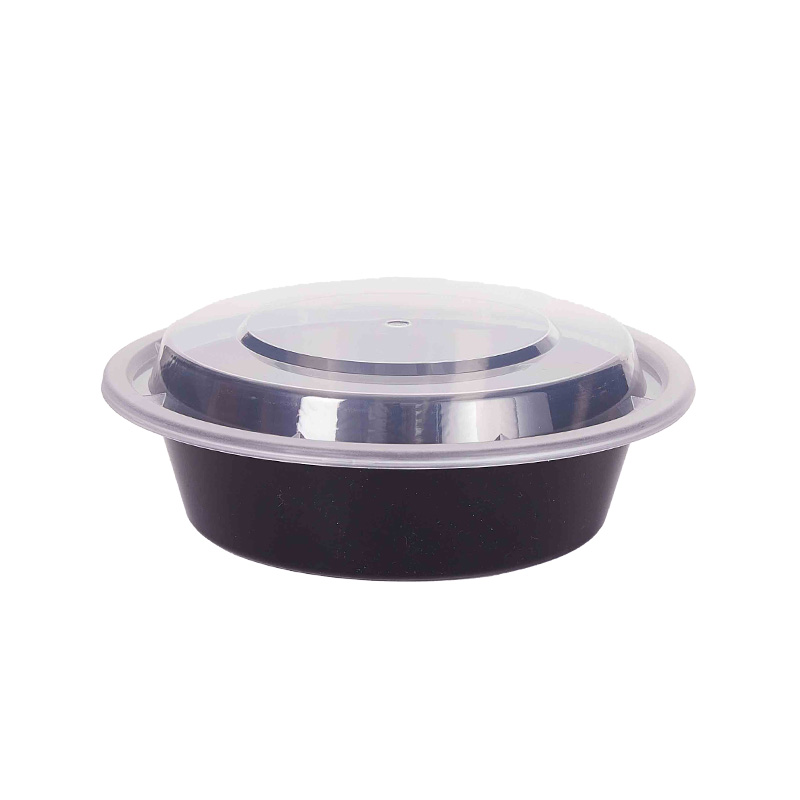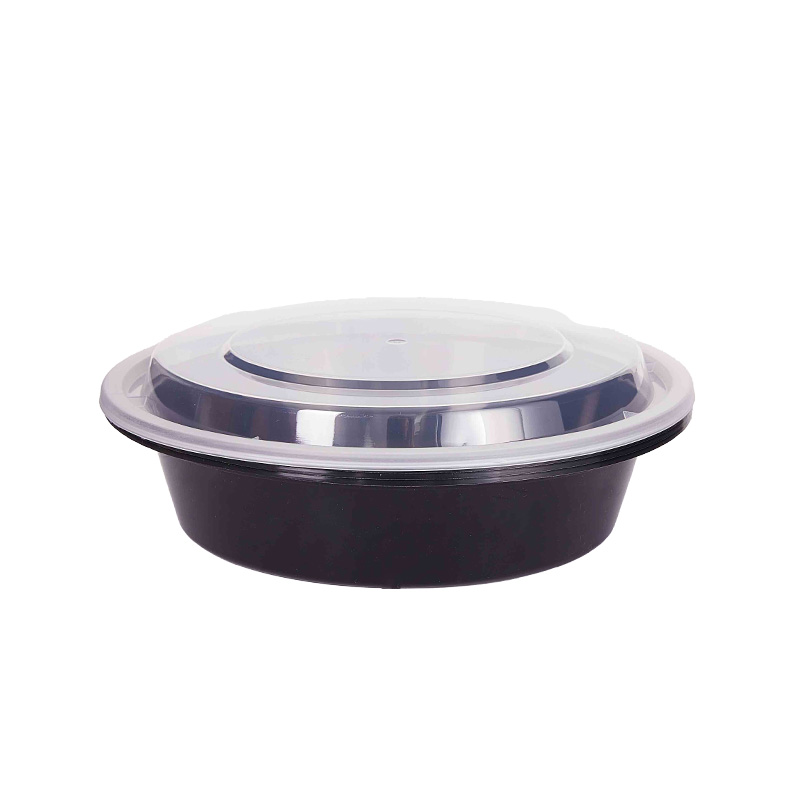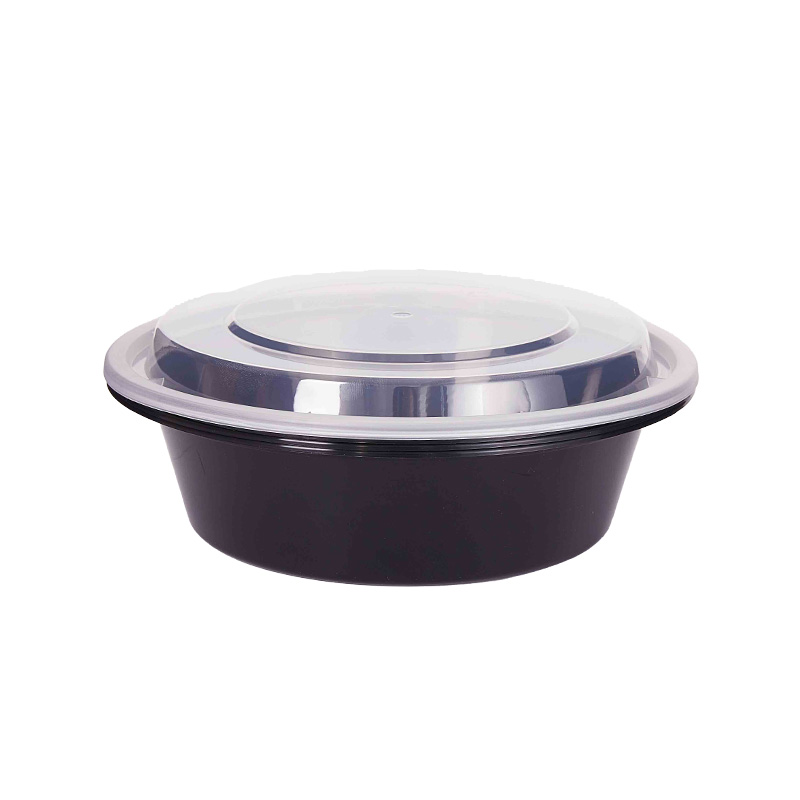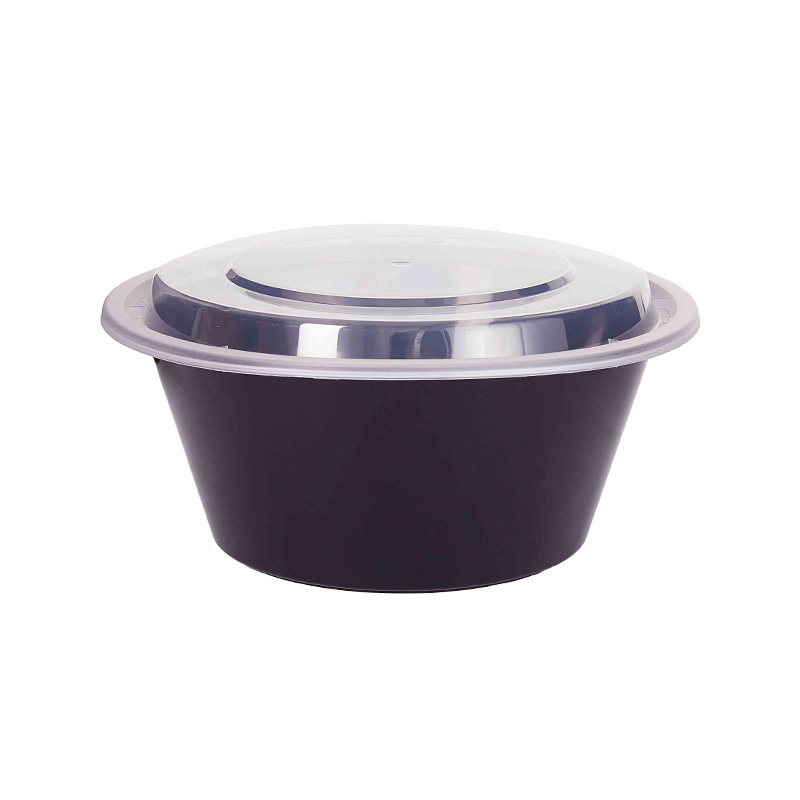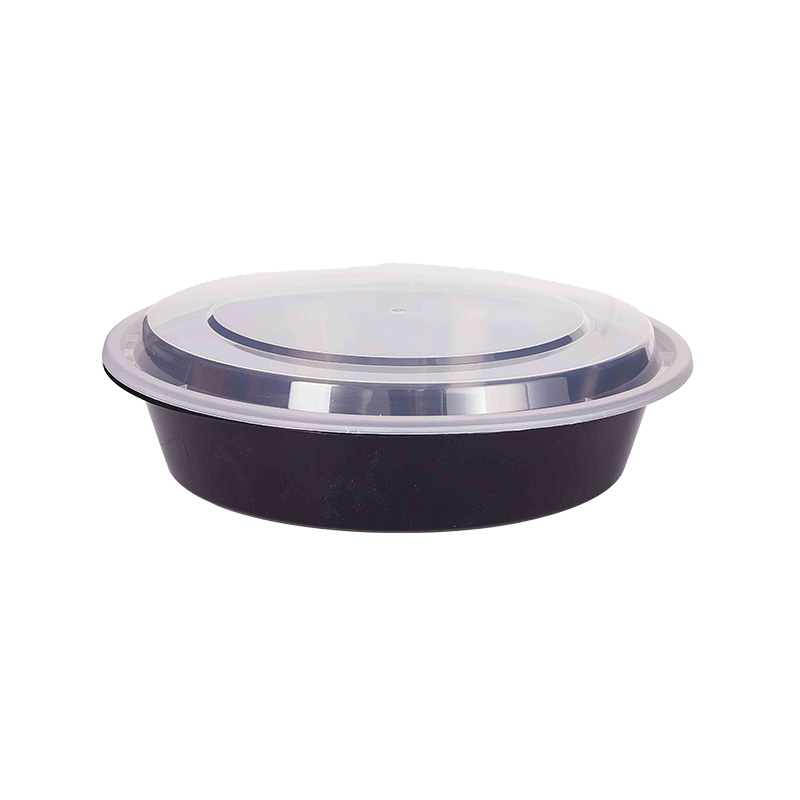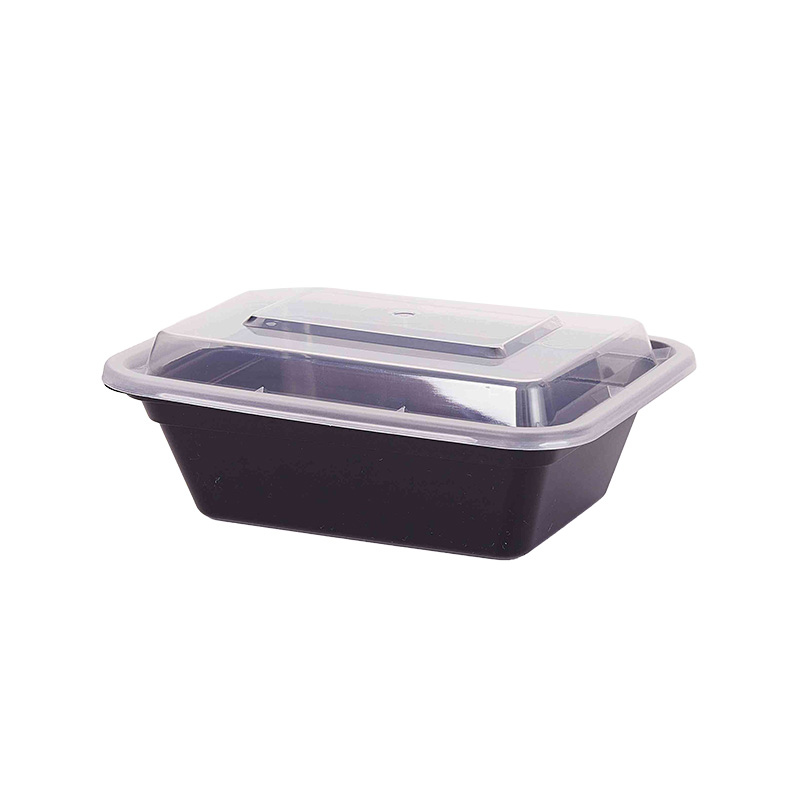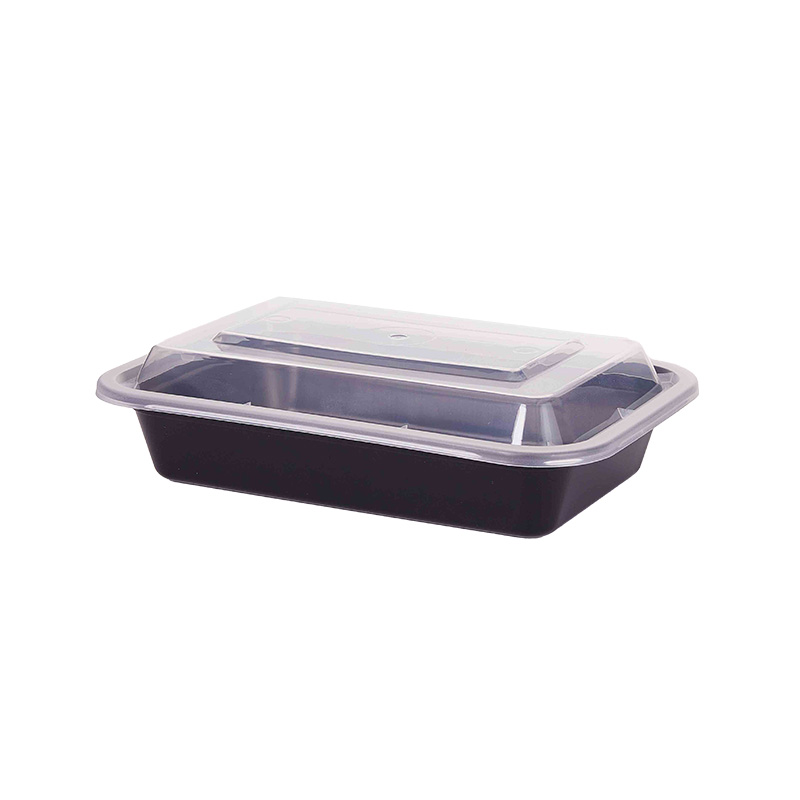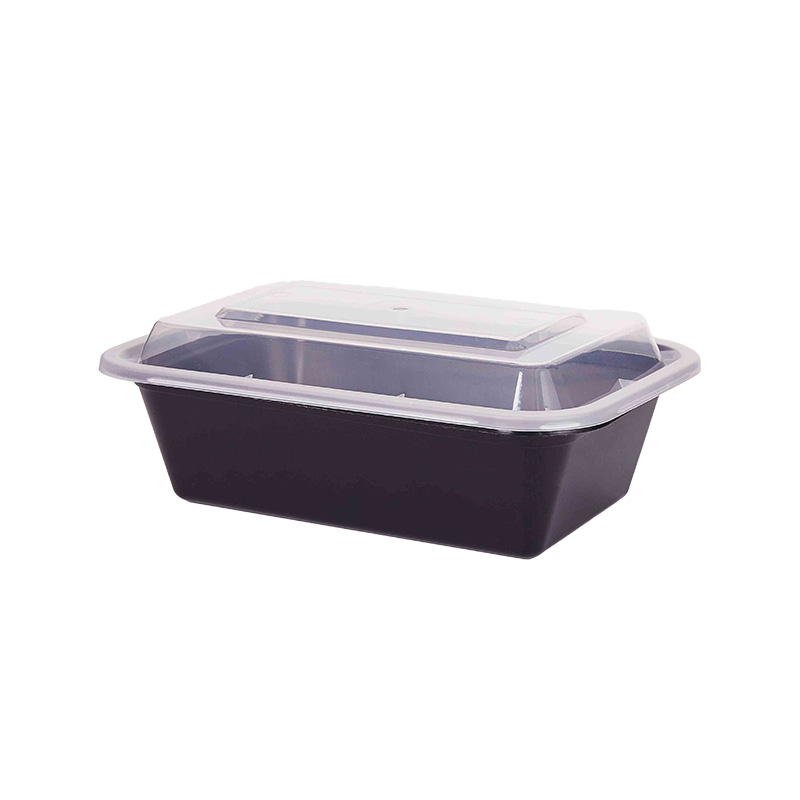Historical Context: The concept of packing meals to be consumed away from home has existed for centuries. However, the term "lunch box" as we know it today primarily refers to the portable containers designed for carrying lunches, often to school or work.
Early Beginnings: The earliest lunch boxes were simple and functional, with utilitarian designs. In the late 19th century and early 20th century, lunch boxes were typically made of metal, such as tin or aluminum. They were usually rectangular in shape and had a handle for easy carrying.
Rise in Popularity: Lunch boxes gained significant popularity during the mid-20th century, becoming a cultural icon in the United States. These lunch boxes often featured popular cartoon characters, TV shows, and movie themes, making them highly sought-after collectibles.
Materials and Design: The materials and design of disposable lunch boxes have evolved significantly over the years, driven by changing consumer preferences, advances in manufacturing, and environmental concerns.
Metal to Plastic: While metal lunch boxes were sturdy and durable, they gradually gave way to plastic options. Plastic lunch boxes were lighter, less prone to rust, and offered more design flexibility. Additionally, plastic lunch boxes were often insulated to help keep food at the desired temperature.
Introduction of Compartmentalization: One notable design evolution was the introduction of compartments within lunch boxes. This allowed users to separate different types of food, such as sandwiches, fruits, and snacks, preventing them from becoming mixed or squashed during transport.
Leak-Proof and Microwave-Safe Features: Modern disposable lunch boxes have incorporated innovative features such as leak-proof seals to prevent spills and leaks. Some are also designed to be microwave-safe, allowing users to reheat their meals directly in the container.
Innovative Features: In recent years, disposable lunch boxes have seen a surge in innovation, driven by consumer demand for greater convenience and functionality.
Temperature Control: Some lunch boxes now include temperature control features, such as built-in heating elements or insulated compartments to keep hot food hot and cold food cold. This is particularly popular in bento-style lunch boxes.
Smart Lunch Boxes: With the advent of smart technology, there are now lunch boxes with integrated apps and sensors. These smart lunch boxes can track food freshness, nutritional content, and even offer meal planning suggestions.
Eco-Friendly Materials: Responding to environmental concerns, manufacturers have started producing lunch boxes made from eco-friendly materials like bamboo, sugar cane fiber, and biodegradable plastics. These options provide the convenience of disposable containers while being more sustainable.
SINGLE 1 COMPARTMENT MEAL PREP CONTAINERS, LEAK PROOF, STRONG DURABLE CONSTRUCTION – Meal Prep containers 1 compartment with smartest-lock locking lids guarantee leakproof food storage without spills. Advance meal prep containers, diet portion control, healthy nutritious meals, and to-go meals are super convenient to prepare in these durable FOOD STORAGE CONTAINERS for meal prepping. The hard-plastic construction will ensure no cracks or breaking along the way. The leak-proof lids will tightly seal the food containers for meal prepping, preventing any annoying leaks or spills in your bag or freezer.
FREEZER SAFE FOOD STORAGE BOX - Prepare and package up your meals ahead of time. These safe-to-freeze food containers ensure that your prepared cooked meals retain their flavor, color, and texture. These plastic boxes with lids will prevent freezer burn and any absorption of other odors from the freezer.

 English
English Español
Español
